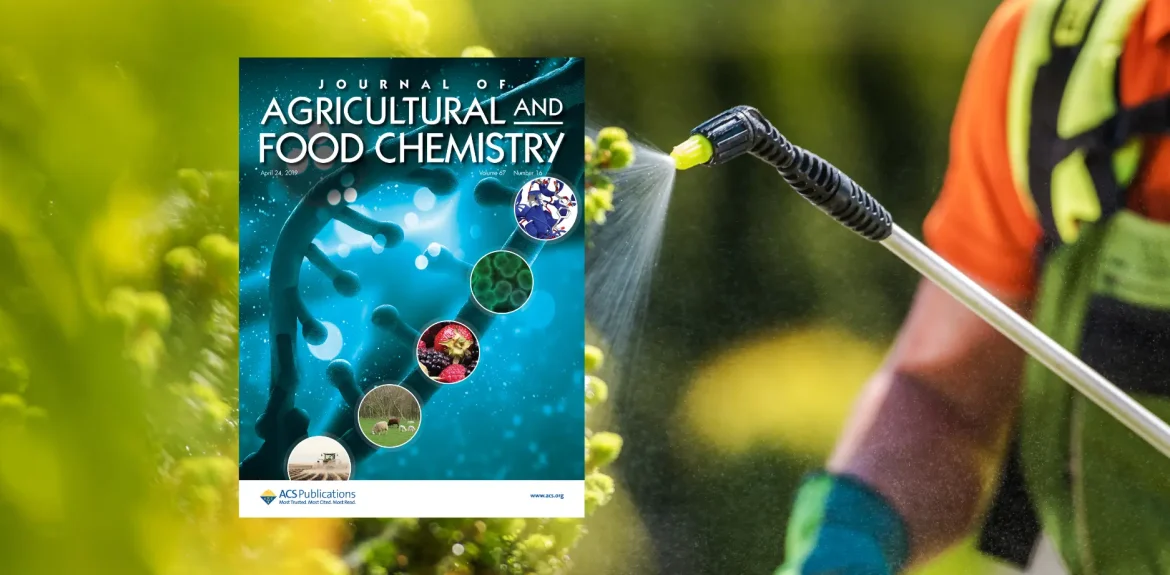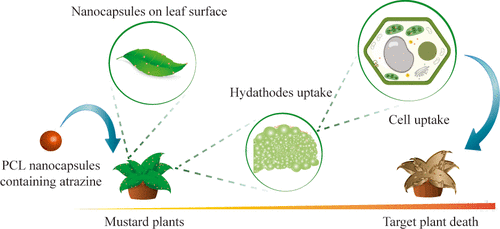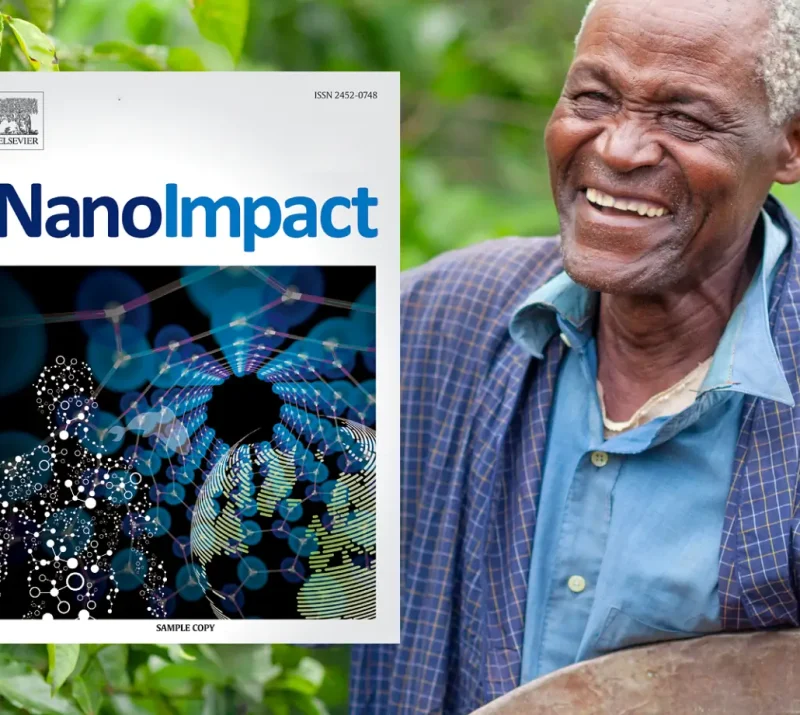RESUMO
Atrazine is one of the most used herbicides and has been associated with persistent surface and groundwater contamination, and novel formulations derived from nanotechnology can be a potential solution. We used poly(ε-caprolactone) nanoencapsulation of atrazine (NC+ATZ) to develop a highly effective herbicidal formulation. Detailed structural study of interaction between the formulation and Brassica juncea plants was carried out with evaluation of the foliar uptake of nanoatrazine and structural alterations induced in the leaves. Following postemergent treatment, NC+ATZ adhered to the leaf and penetrated mesophyll tissue mainly through the hydathode regions. NC+ATZ was transported directly through the vascular tissue of the leaves and into the cells where it degraded the chloroplasts resulting in herbicidal activity. Nanocarrier systems, such as the one used in this study, have great potential for agricultural applications in terms of maintenance of herbicidal activity at low concentrations and a substantial increase in the herbicidal efficacy.
DETALHES
- TÍTULO A Mechanistic View of Interactions of a Nanoherbicide with Target Organism
- PARCEIROS UNESP; FAPESP; CAPES
- CATEGORIA Pesquisas
- ANO 2019
-
AUTORES:
Aline Bertolosi Bombo
Anderson Espírito Santo Pereira
Makeli Garibotti Lusa
Eliana de Medeiros Oliveira
Jhones Luis de Oliveira
Estefânia Vangelie Ramos Campos
Marcelo Bispo de Jesus
Halley Caixeta Oliveira
Leonardo Fernandes Fraceto
Juliana Lischka Sampaio Mayer





